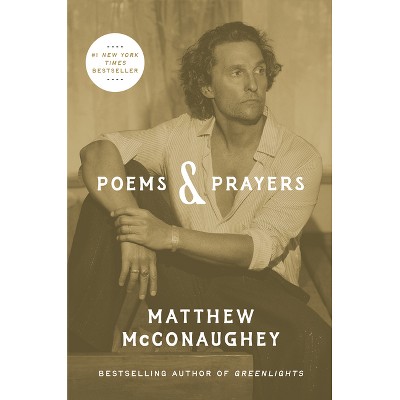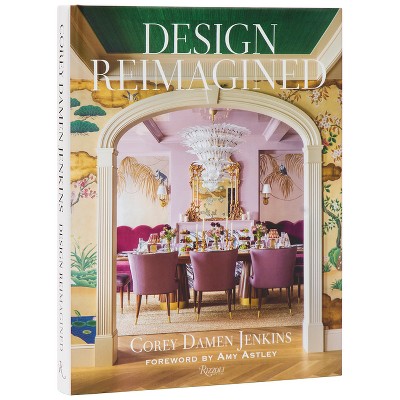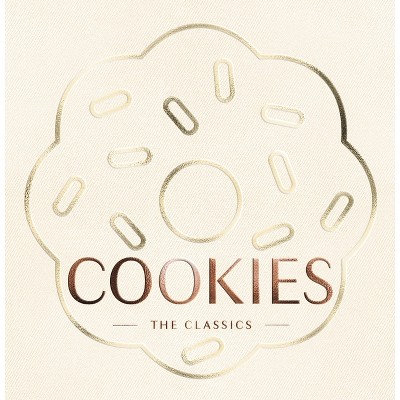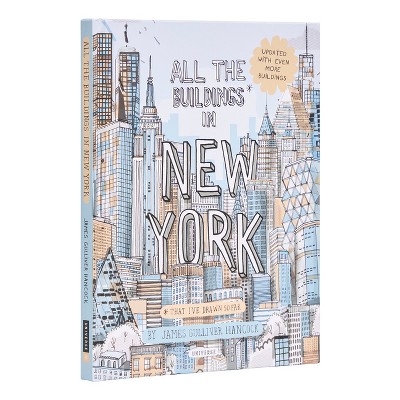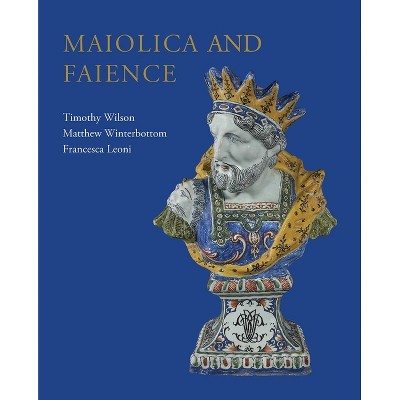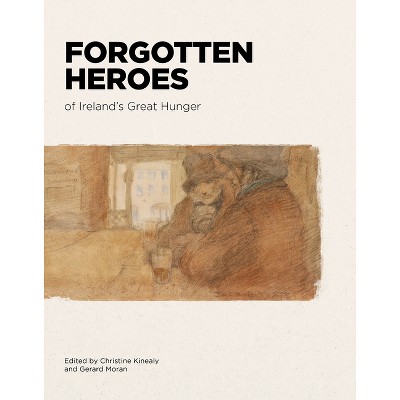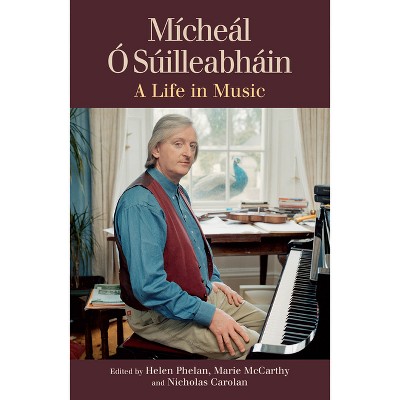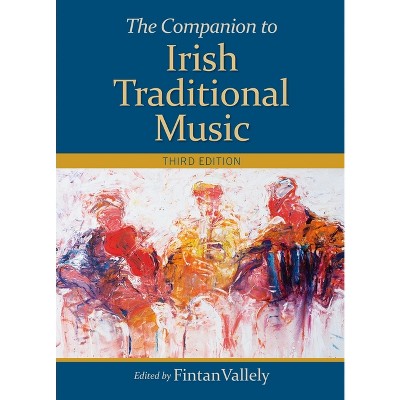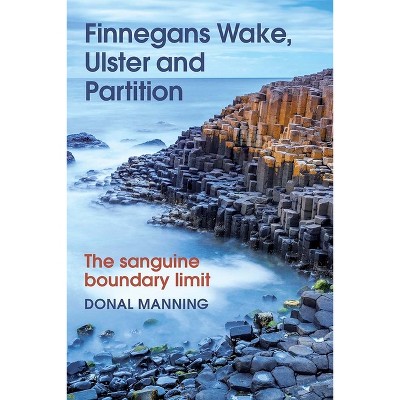Sponsored

Designed for Life - by Tom Spalding (Hardcover)
In Stock
Sponsored
About this item
Highlights
- Designed for Life: Architecture and design in Cork city, 1900-90 is the first detailed study of twentieth century design dedicated to an Irish provincial city and sets the standard for examining this fascinating period.
- About the Author: Tom Spalding teaches at the Munster Technological University, Cork city, Ireland, and holds a Bachelors in Mechanical Engineering from University College Dublin, a Masters in Design from the Royal College of Art (London) and a PhD in design history from Technological University Dublin.
- 388 Pages
- Architecture, Regional
Description
About the Book
Whilst the military history of Cork city has been exhaustively studied, the physical development has largely been ignored. Designed for Life: Architecture and Design in Cork City, 1900-90 is the first detailed study of twentieth century design dedicated to an Irish provincial city and sets the standard for examining this fascinating period.Book Synopsis
Designed for Life: Architecture and design in Cork city, 1900-90 is the first detailed study of twentieth century design dedicated to an Irish provincial city and sets the standard for examining this fascinating period. Whilst the political and military history of Cork have been exhaustively studied, the physical changes to the city have largely been ignored, and little published on the houses, pubs, factories and other quotidian buildings where its people spent their lives. Whilst focusing on buildings, the book also includes examples of interior design, graphic design and corporate identity.Though a few notable buildings (the Modern masterpiece of the church of Christ the King, and the 1915 Celtic Revival Honan Chapel) have been explored, the design history of the city has only been briefly investigated. In the absence of extensive detailed, well-referenced and solid research, the twentieth century architectural patrimony of the city has been largely left to fend for itself, with the result that many important buildings have been demolished or insensitively altered.
The book consists of an Introduction setting the scene for the place of design in Ireland and Cork in the twentieth century and a Conclusion which questions the city's self-identification as 'The Rebel City'. The remaining ten chapters are arranged chronologically with each focusing on a different building typology.
As well as exploring the design of the city, this book aims to do three other things. By presenting the social and design history of the city it will raise
awareness of the value and uniqueness of what remains, promoting a pride in the urban realm. Secondly, it is intended that it will spur the curiosity of other researchers, both amateur and professional, to study the field further, picking up the threads laid down here. Finally, it will provide reliable data which can be used by those seeking to protect and restore surviving buildings to their former glory.
Review Quotes
In
Tom Spalding's immaculately-researched and well-illustrated account of a
neglected history, we find a built environment that is fearsome, often
pioneering and mostly enduring. The stories of Cork's department stores,
housing, Catholic churches and convents, offices, schools, hospitals and more -
as well as the often forgotten men and women who designed and commissioned them
- are generously and conscientiously recounted through extensive archival
sources. Full of colour and social interest, Designed For Life moves
beyond architectural history, to present an alternative portrait of Cork,
as it developed and spread from 1900 through the twentieth century. Lessons and
legacies loom latently, and there is much to be valued.--Ellen Rowley "School of Architecture, Planning and Environmental Policy, University College Dublin"
About the Author
Tom Spalding teaches at the Munster Technological University, Cork city, Ireland, and holds a Bachelors in Mechanical Engineering from University College Dublin, a Masters in Design from the Royal College of Art (London) and a PhD in design history from Technological University Dublin. He is the author of several books, book reviews and academic papers relating to the built environment which includes work on street furniture, signage and buildings including churches, housing estates and pubs in Ireland. Amongst his books and articles, he co-wrote (with Dan Breen) The Cork International Exhibition 1902 & 1903: a Snapshot of Edwardian Cork (2014) and wrote Layers: the Design, History and Meaning of Street Signage in Cork and other Irish Cities (2013). His article 'A Striking Air of Modernity Tempered with Tradition' in the Journal of Design History (2022) was the first academic article published on the design of the Irish pub.Shipping details
Return details
Frequently bought together
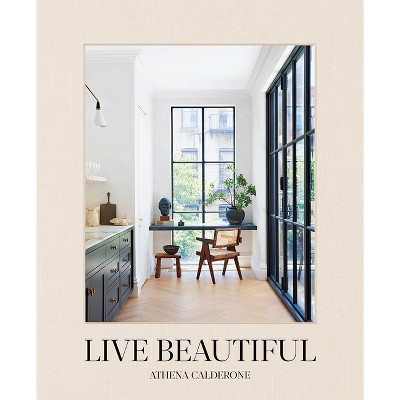
Trending Non-Fiction


